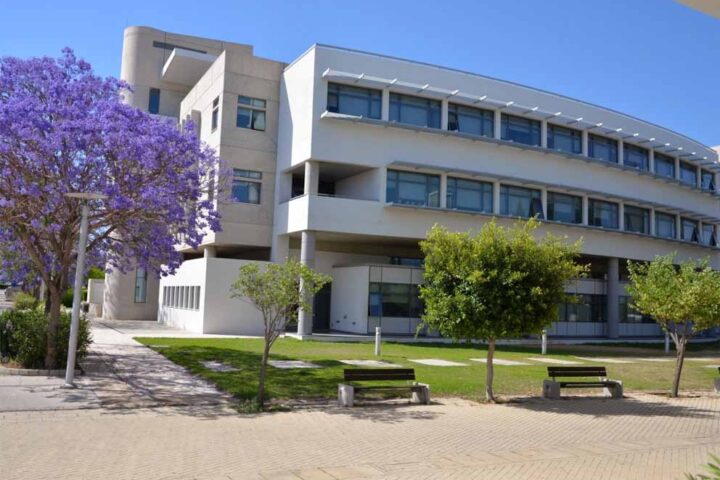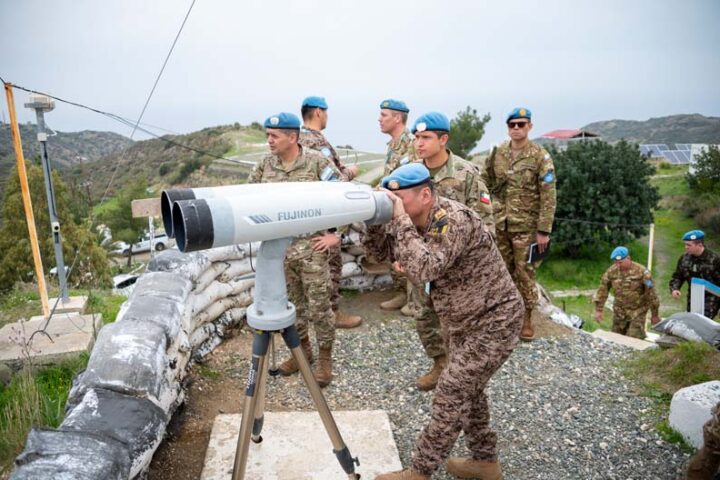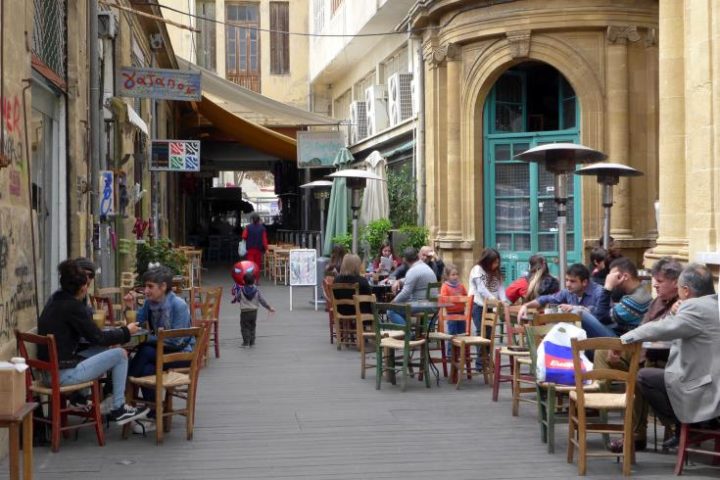The European Commission has issued today its report evaluating the implementation by Member States of the Directive laying down minimum standards for the reception of asylum seekers (Directive 2003/9/EC of 27 January 2003). – often referred to as the Reception Conditions Directive. The results of the evaluation report, along with the conclusions of the consultation on the Green Paper on the future Common European Asylum System, recently launched by Vice-President Franco Frattini, will, by 2010, form the basis of a more harmonised legislative framework relating to reception conditions. This is in line with the objectives of the Hague Programme.
Vice-president Franco Frattini, Commissioner responsible for Freedom, Security and Justice, commented: “the Directive has been duly transposed in the majority of Member States and has not caused any cutback of national standards of assistance to asylum seekers, despite worries that were originally raised. Creating a level playing field in the area of reception conditions is a priority for the Commission: therefore, I intend to propose amendments to the Directive, in order to limit the discretion allowed with regard to the level and form of material reception conditions, access to employment, health care, free movement rights and identification and care of vulnerable persons.”
Background
The aim of the Reception Conditions Directive is to harmonise legislation of Member States in this area. It is one of a number of initiatives which are designed to create a level playing field across the European Union in the area of asylum and will limit ‘secondary movements’. The Reception Conditions Directive is one of the building blocks of the Common European Asylum System, as provided for in the 1999
Member States had to transpose the Reception Conditions Directive by 6 February 2005. The Directive is applicable to all Member States except
The evaluation prepared by the Commission provides an overview of the transposition and application of the Directive by Member States. It also identifies areas for concern.
Conclusions
In general, the Directive has been transposed satisfactorily in the majority of Member States. Only a few horizontal issues of incorrect transposition or misapplication of the Directive are highlighted. The Commission will examine and pursue all cases where problems of application were identified.
In addition, and contrary to what was predicted following adoption of the Directive, it appears that Member States have not lowered their previous standards of assistance to asylum seekers.
However, the evaluation report does identify that the wide discretion allowed by the Directive in a number of areas, notably in regard to access to employment, health care, level and form of material reception conditions, free movement rights and needs of vulnerable persons, impinges on creation of a level playing field amongst Member States in the area of reception conditions.
The Commission has therefore the intention to propose amendments to the Directive in order to address these issues in 2008, after completing the consultation on the Green Paper As part of the consultation, a public hearing on the future of the Common European Asylum System took place on 7 November 2007. Â http://ec.europa.eu/justice_home/news/events/news_events_en.htm.
For further information on the activities of Vice-President Frattini, please visit his website at:
http://www.ec.europa.eu/commission_barroso/frattini/index_en.htm
Â







